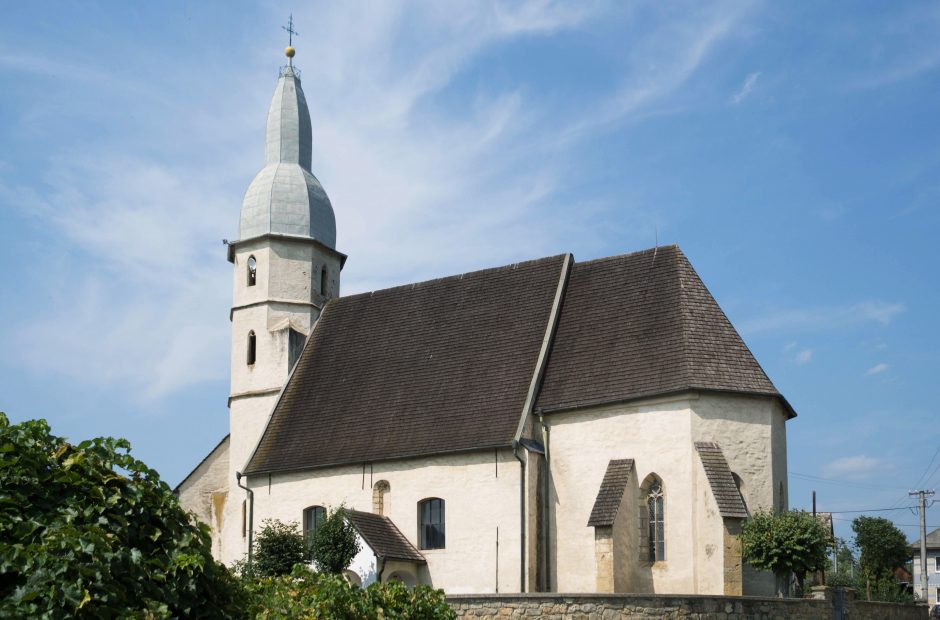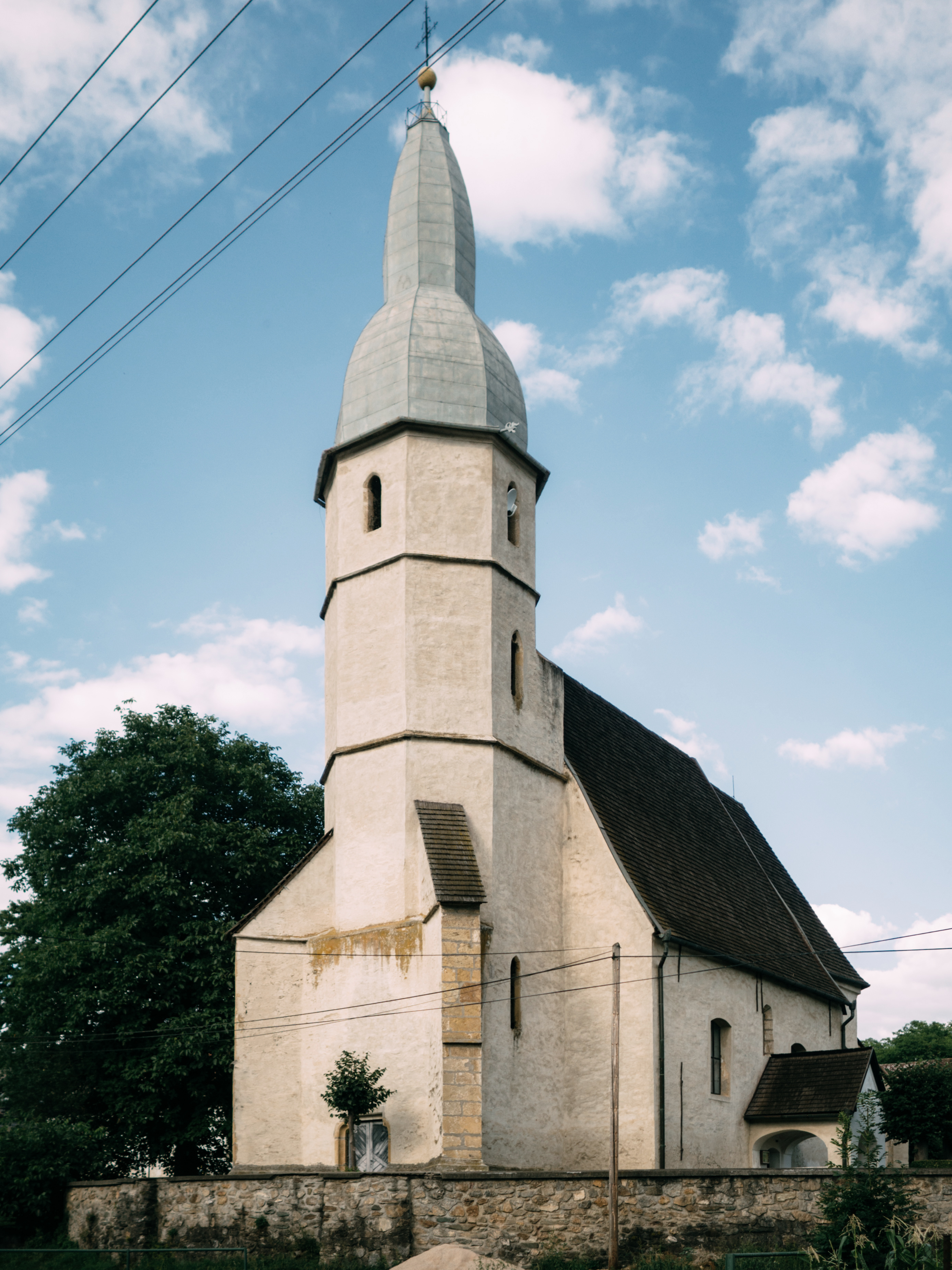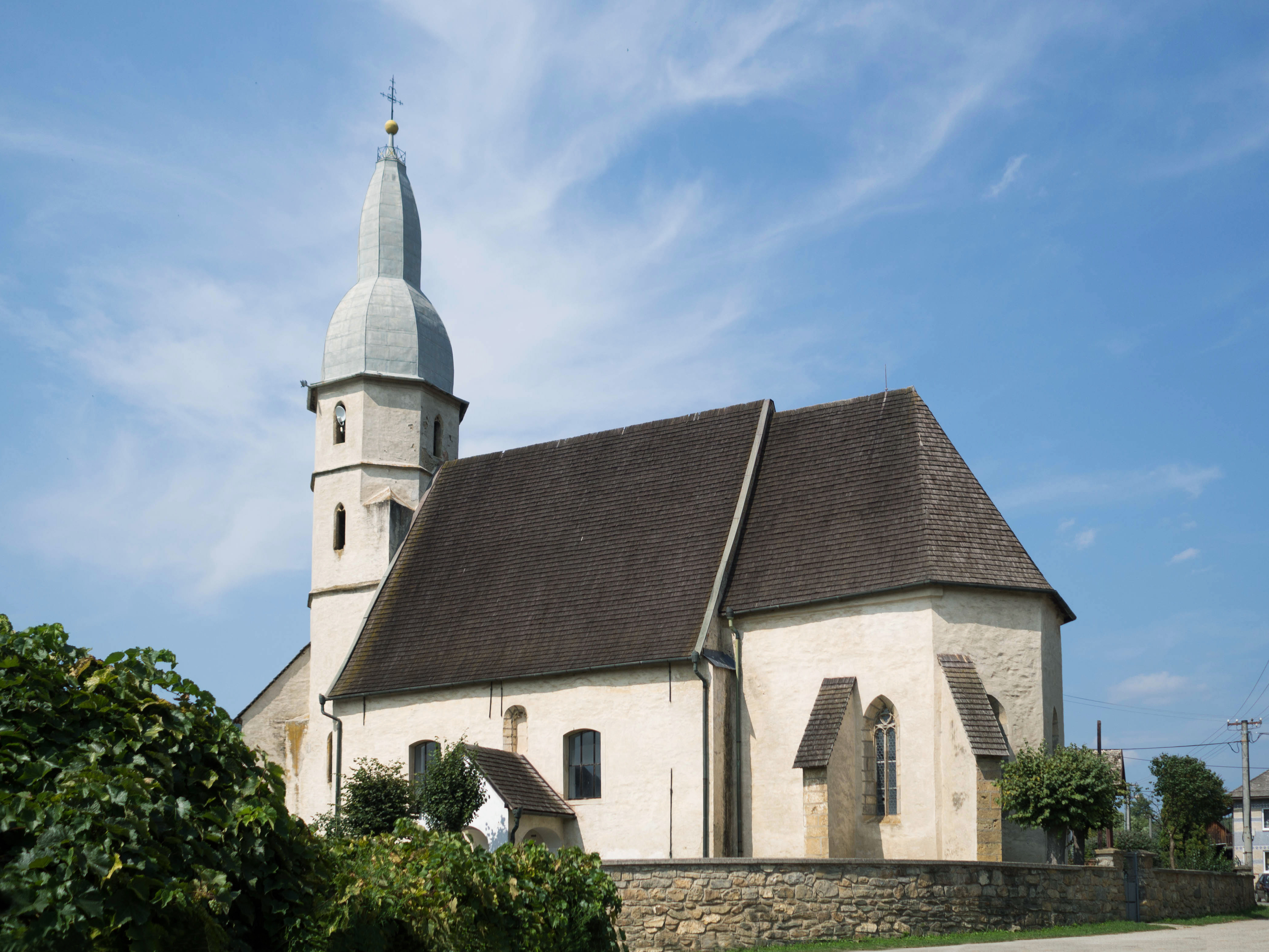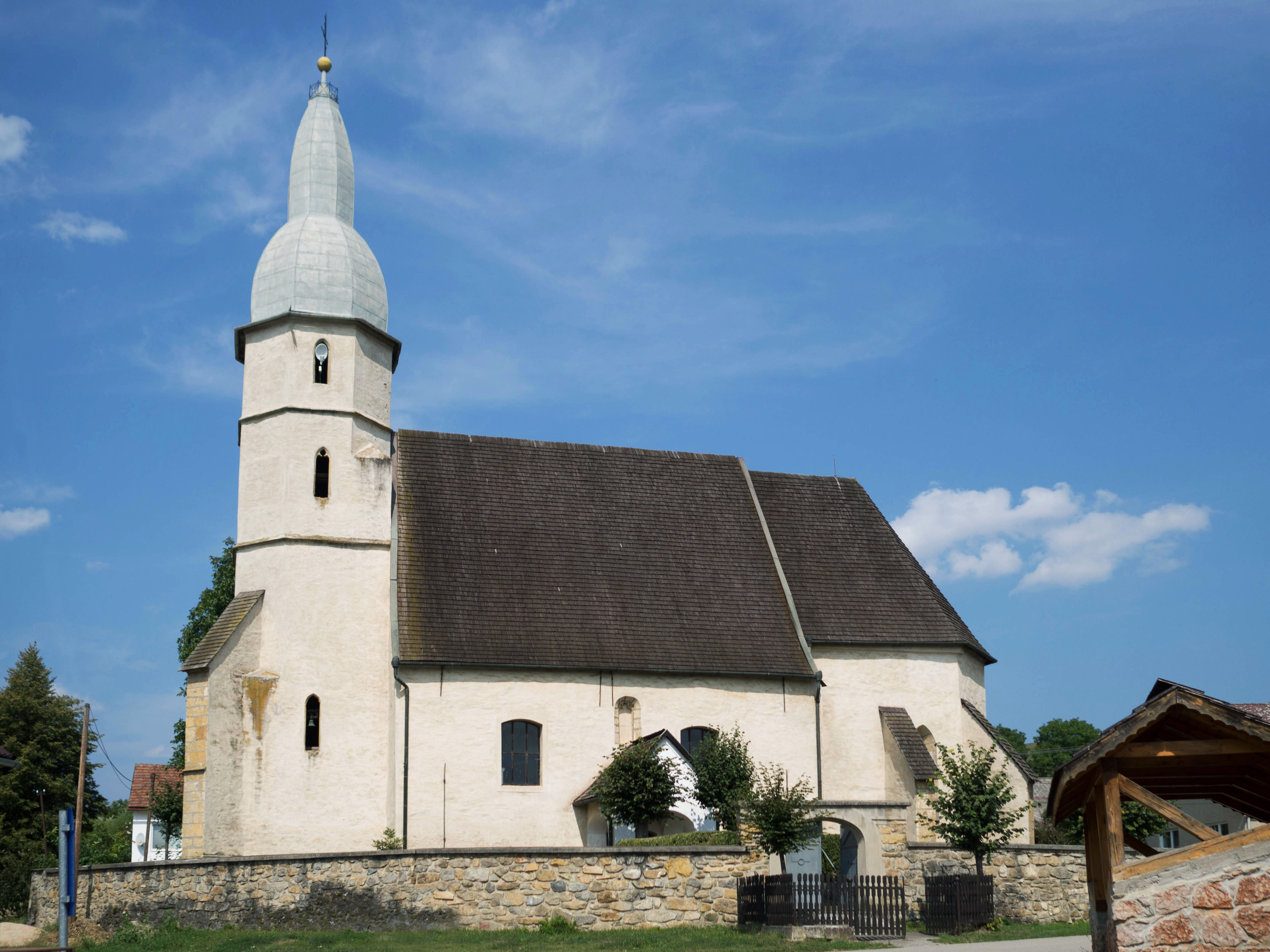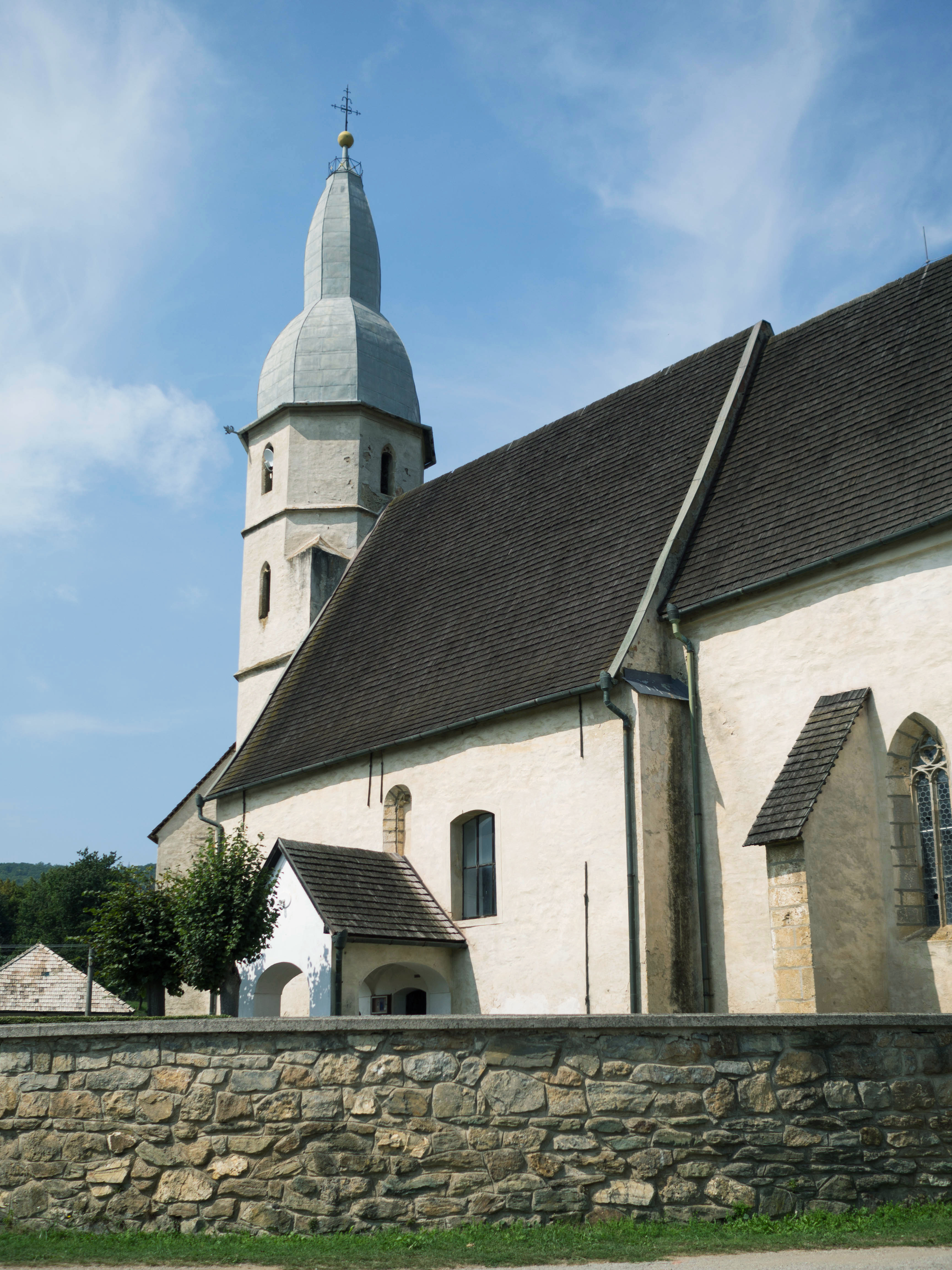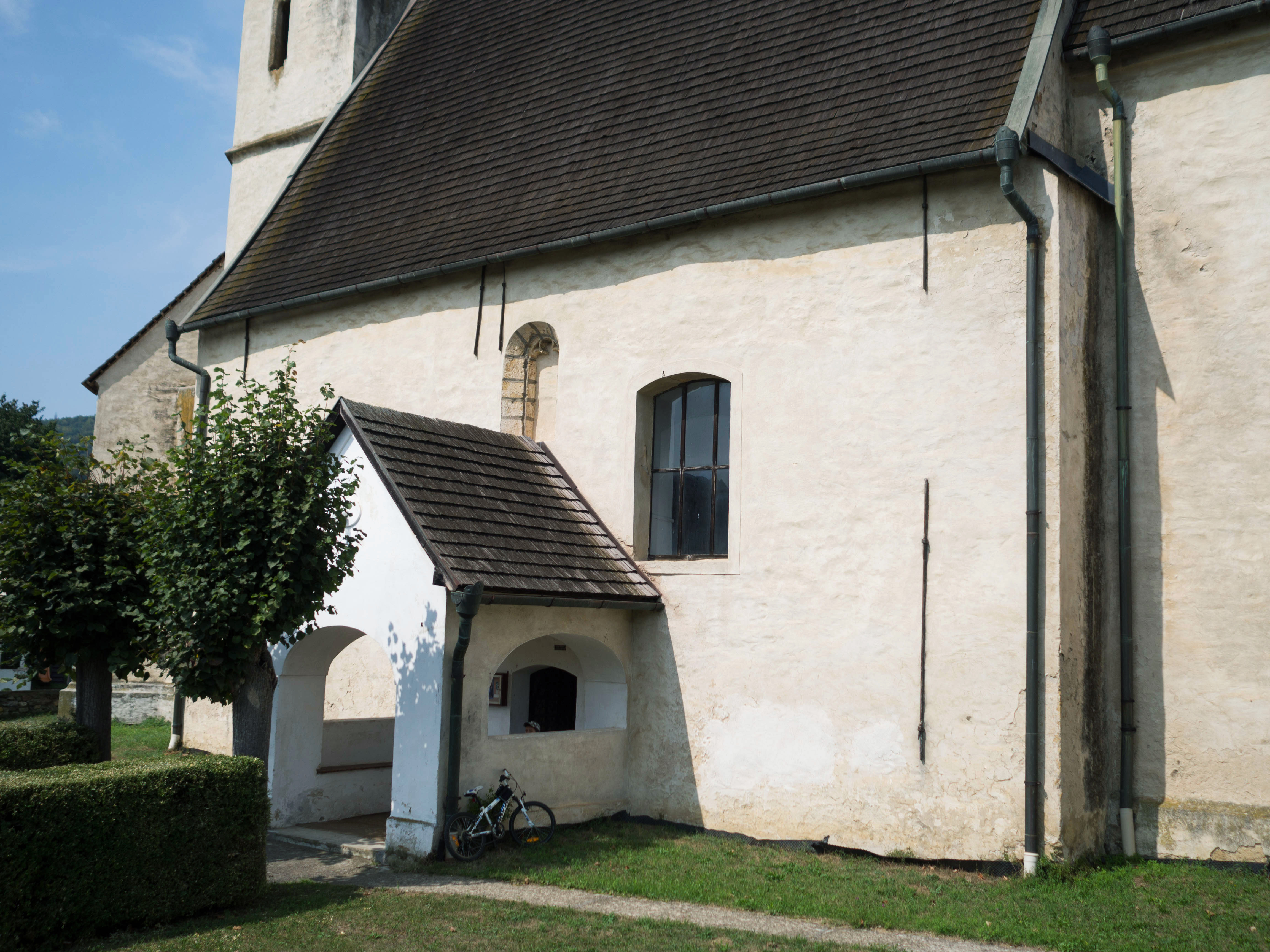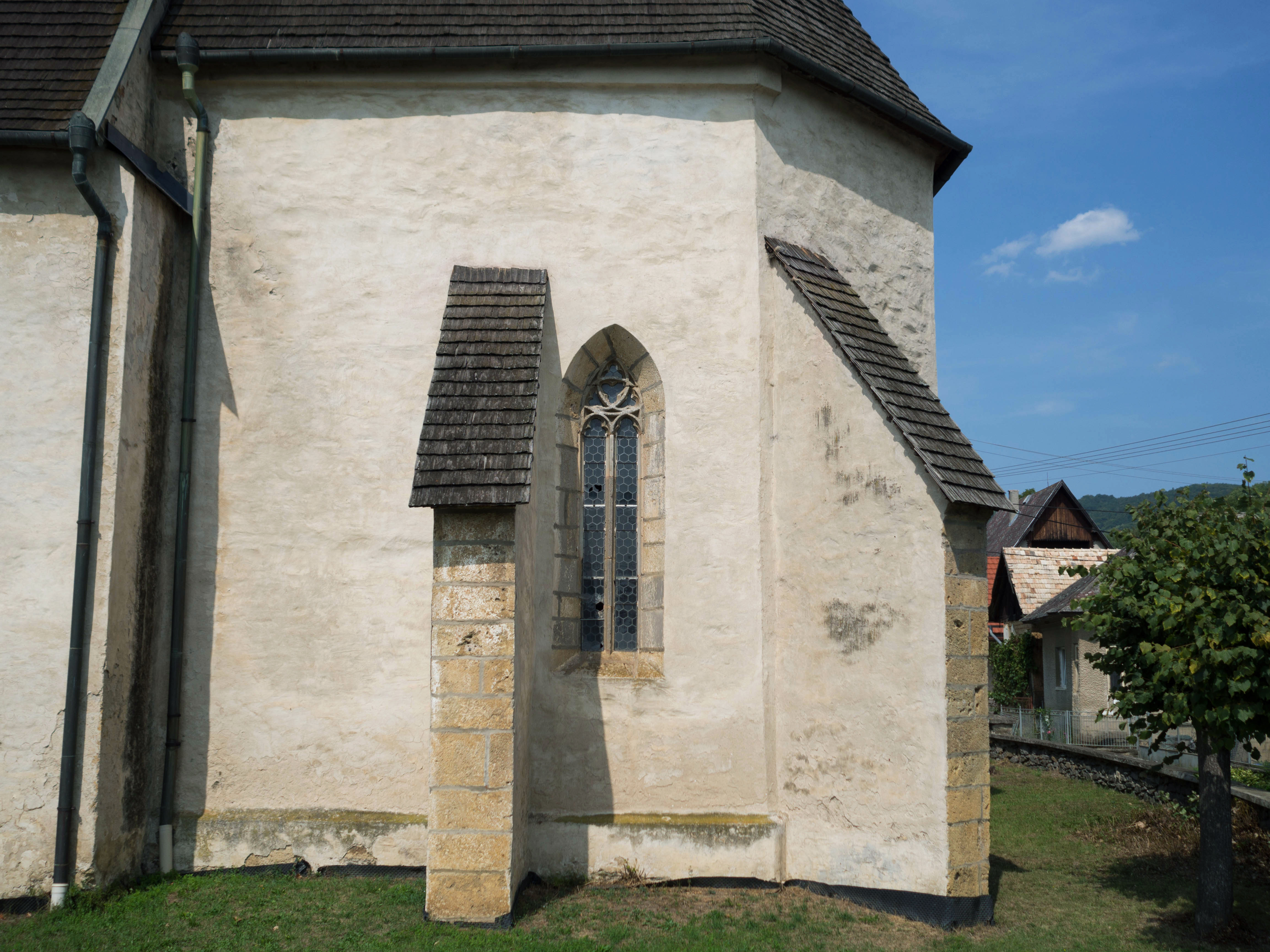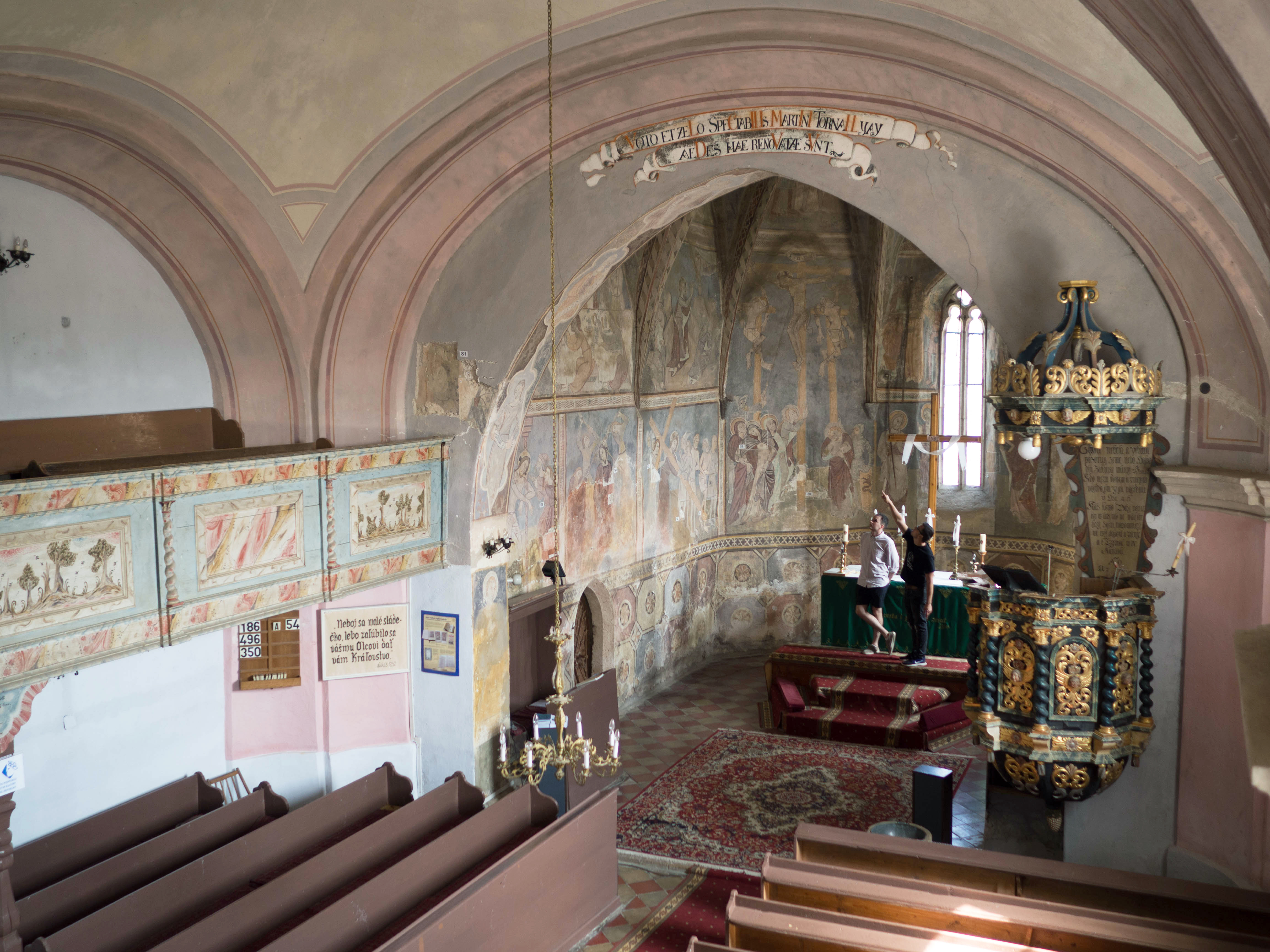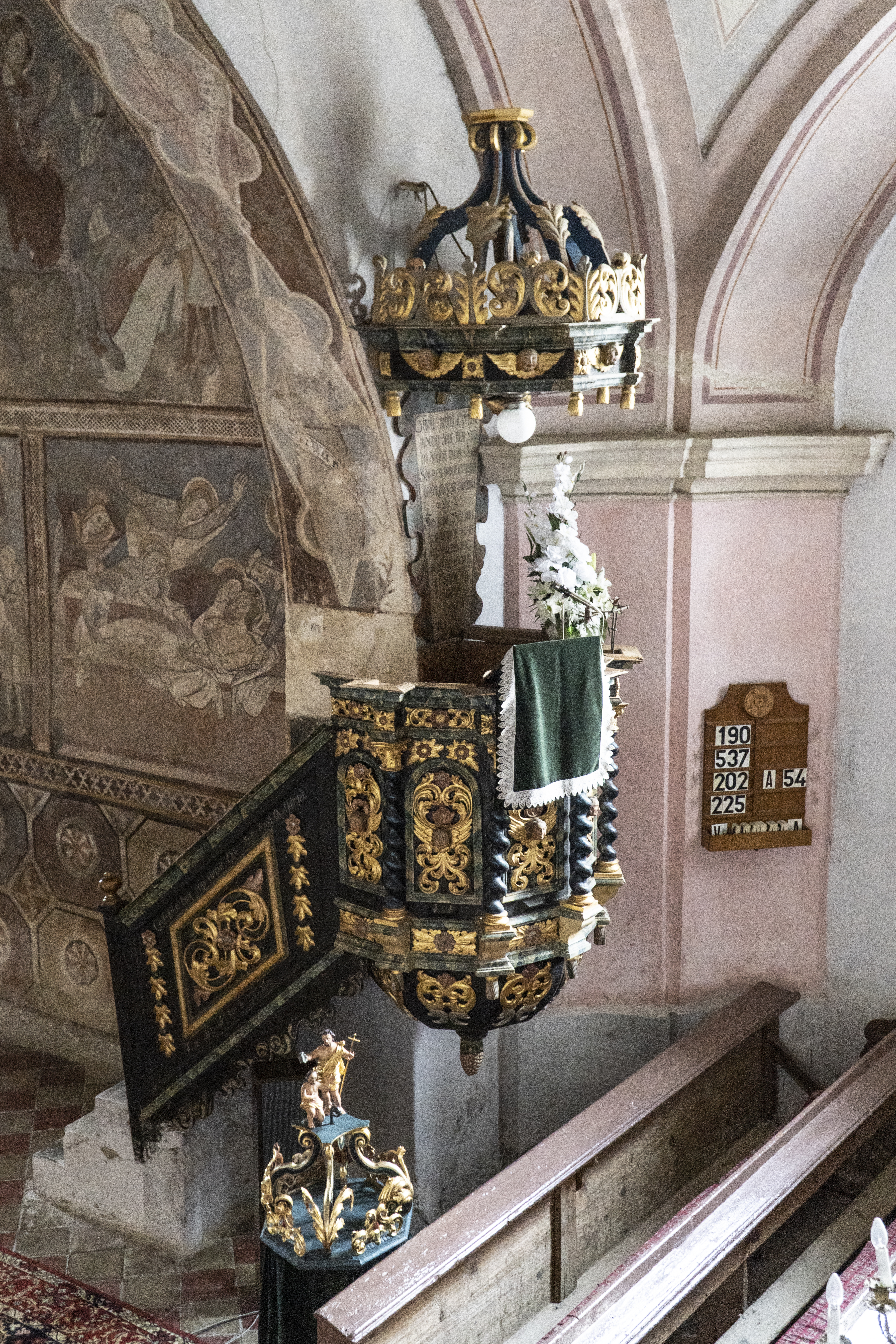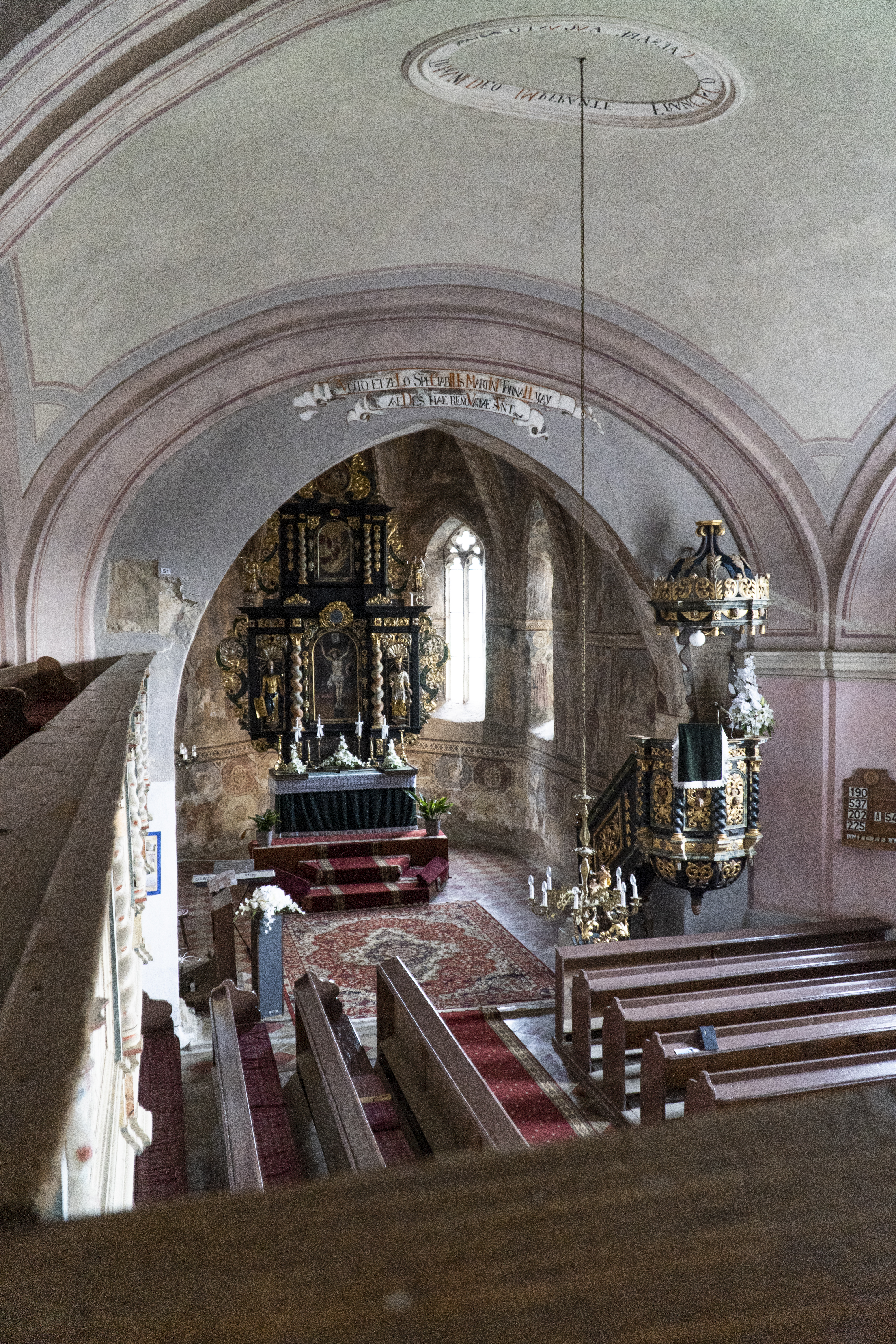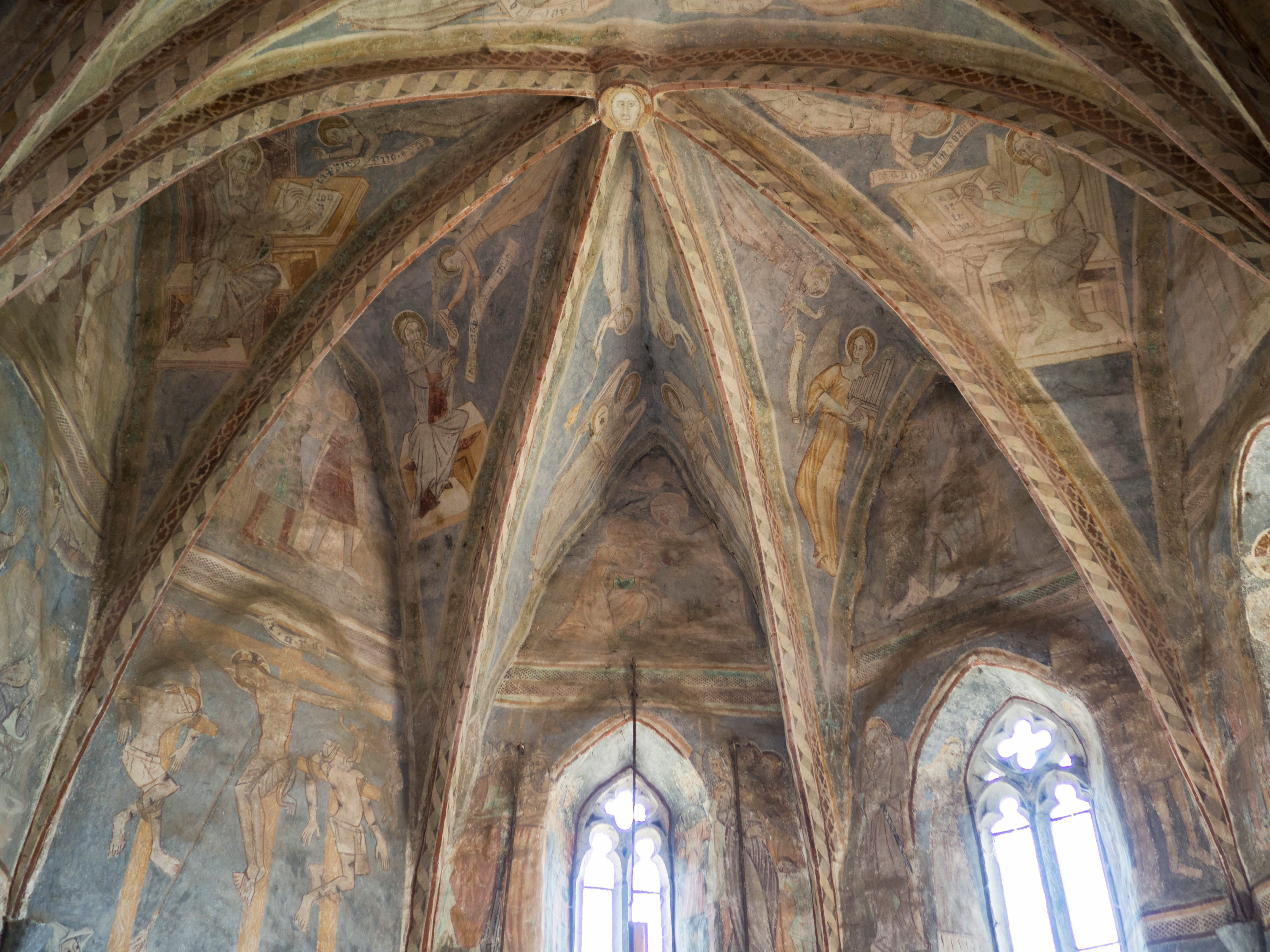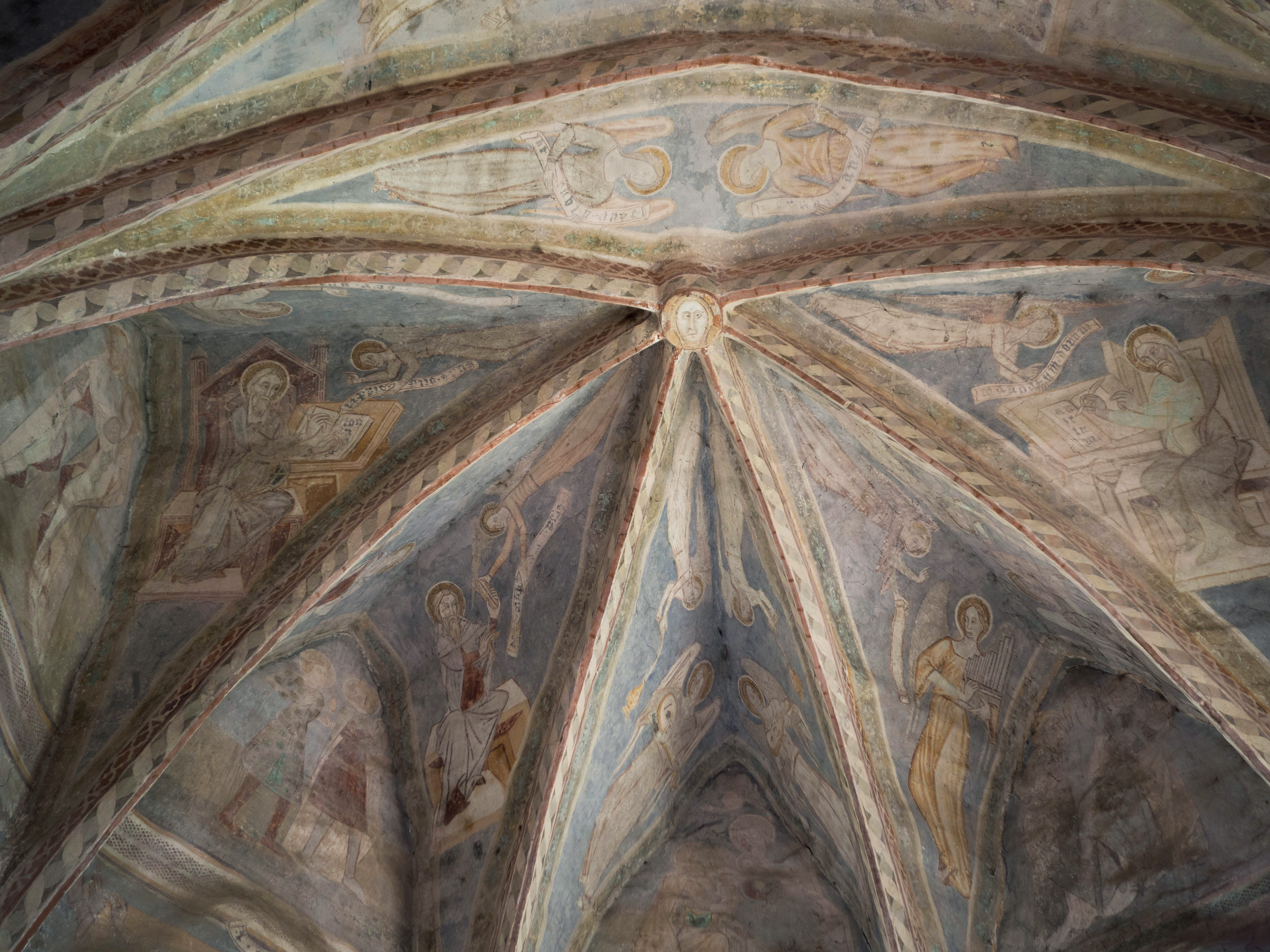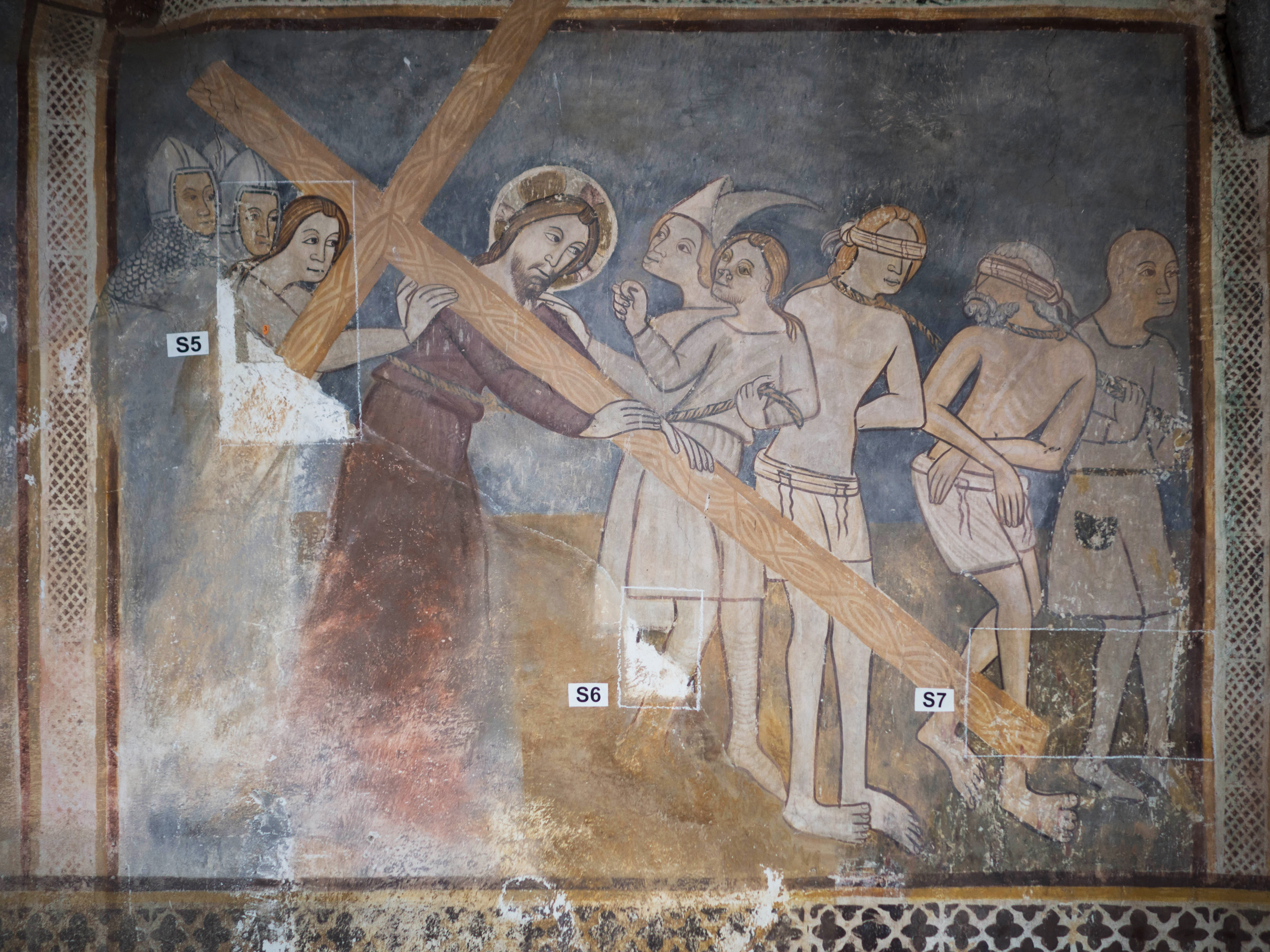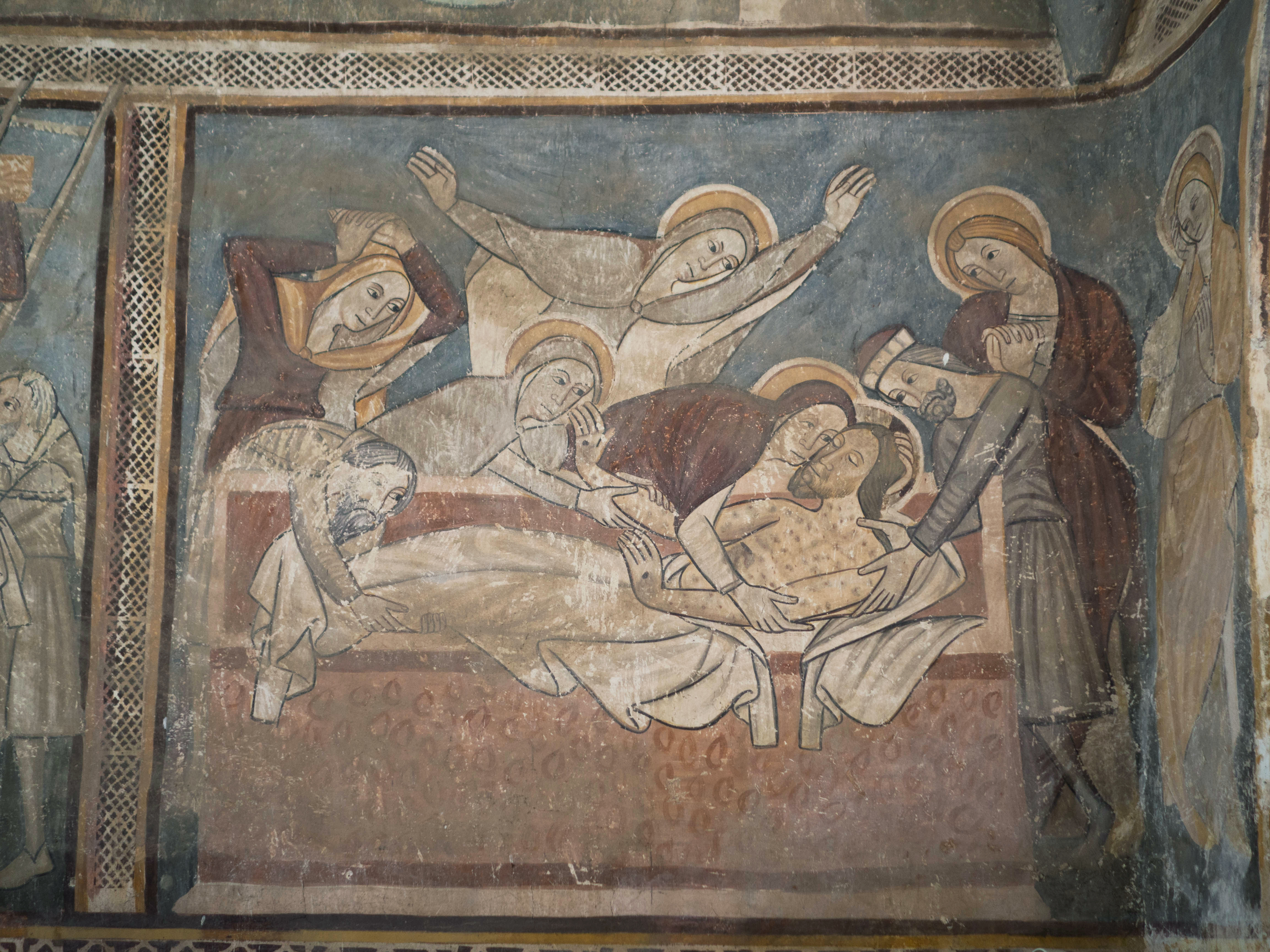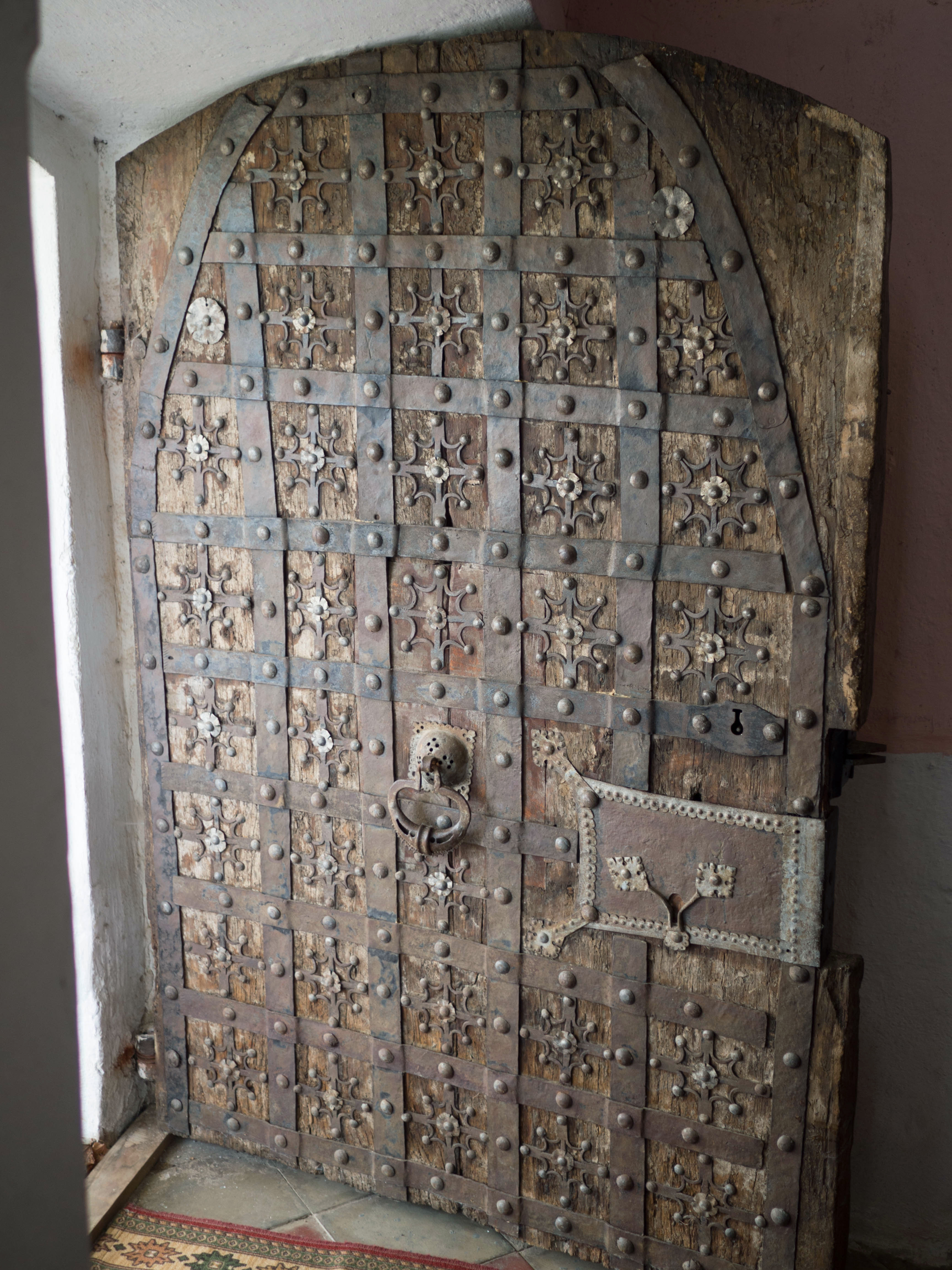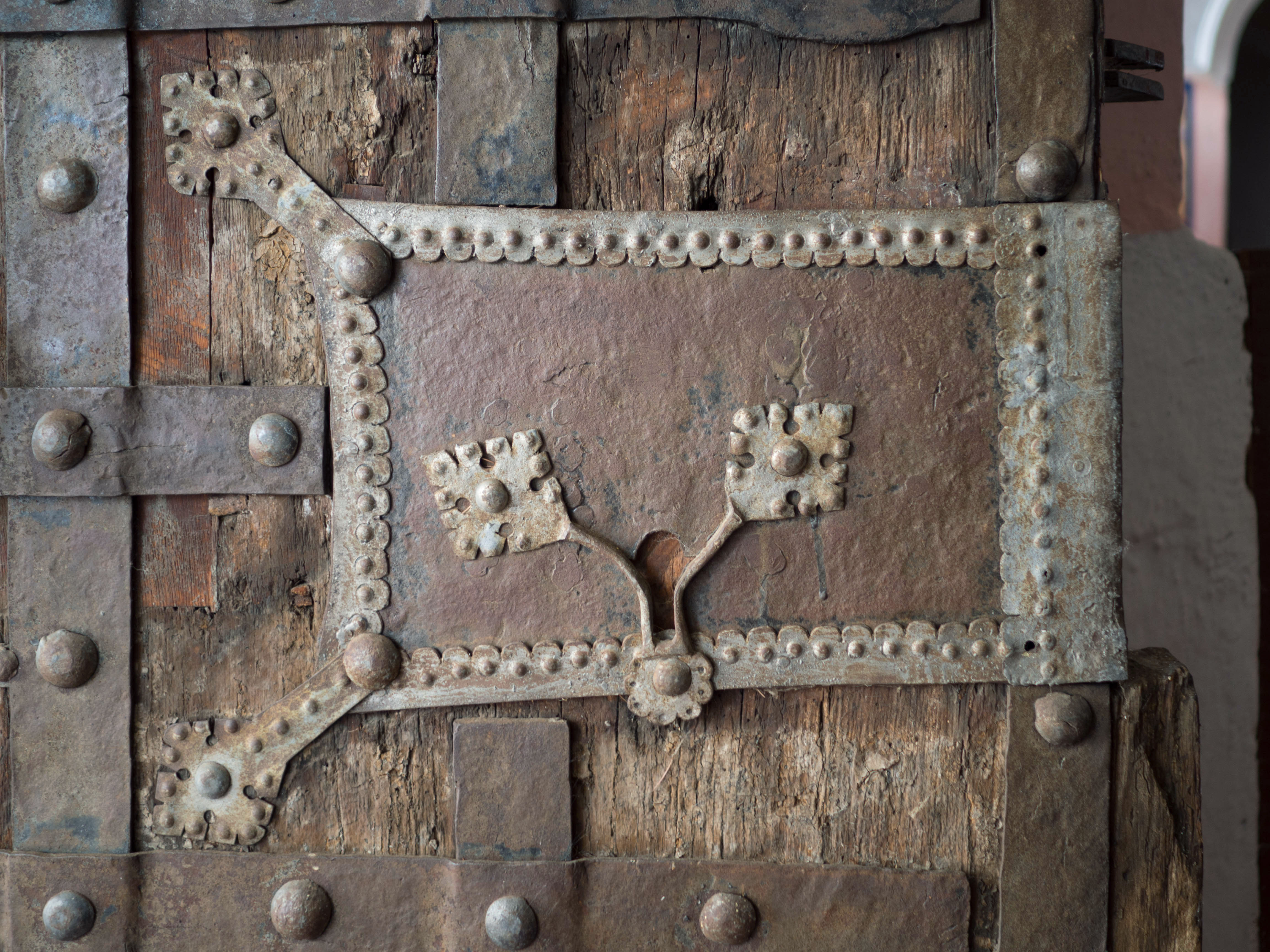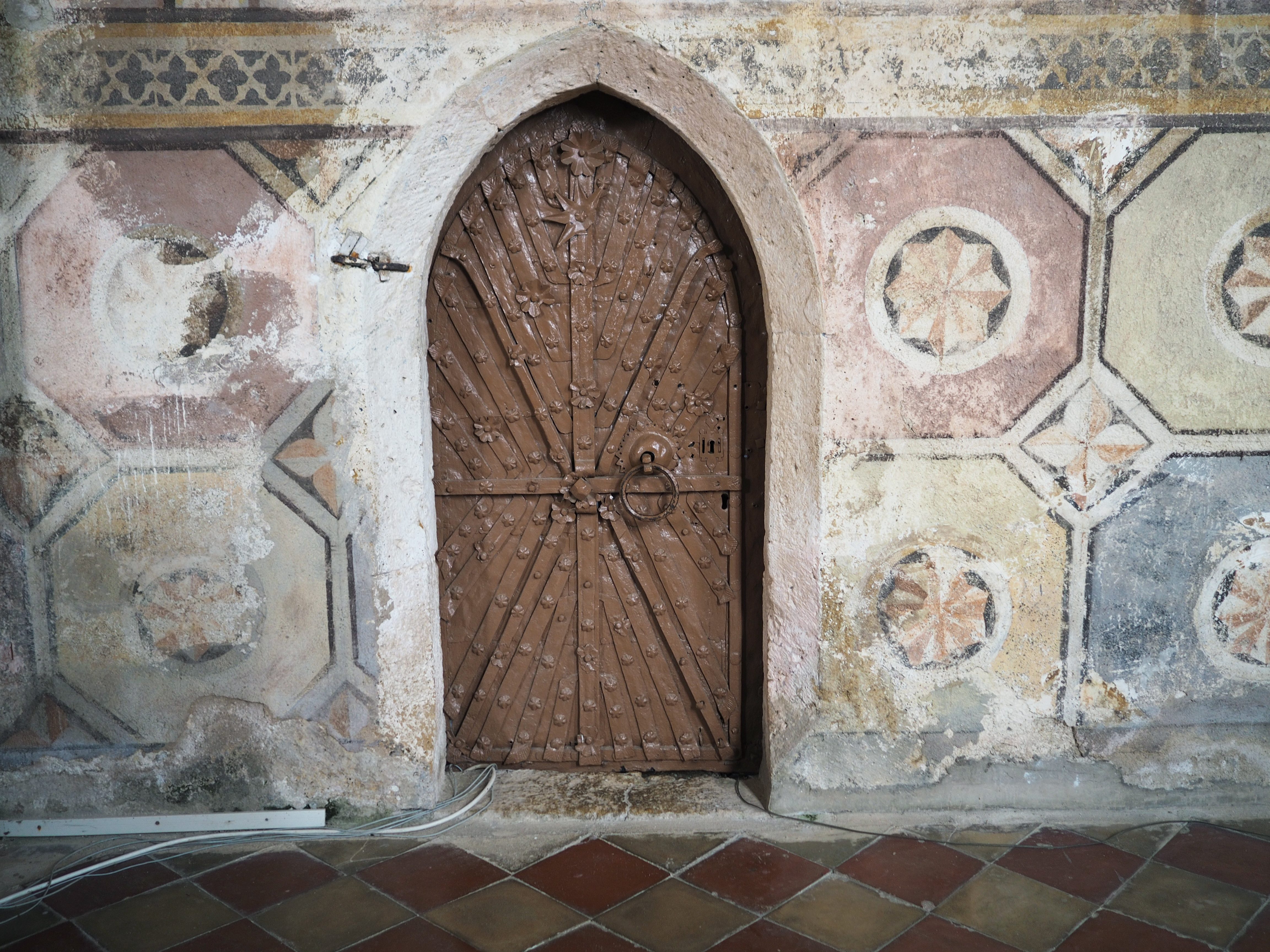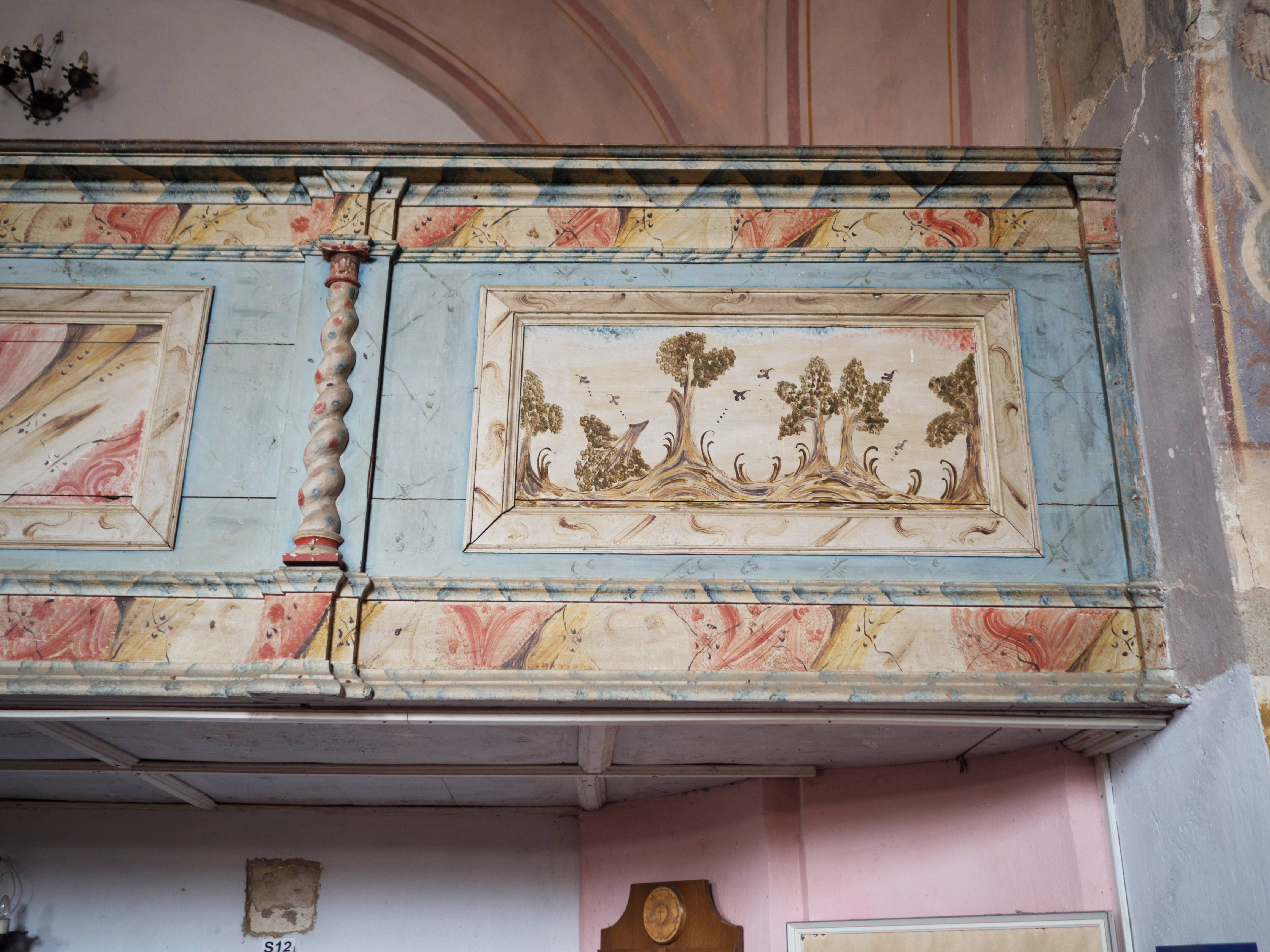The landmark of the old mining village with interesting spindle-shaped urbanism is the Lutheran Church located on a low hill at the upper end of the village called Koceľovce. The church is an almost intactly preserved Gothic building from the first half of the 14th century, originally dedicated to St. Bartholomew.
The single-nave space with a polygonal chancel, a sacristy on the north side and a high tower on a square plan in the west, which turns into an octogon on the upper floors, is covered by a high gabled roof with shingles. The roofing of the tower, with an atypical metal Art Nouveau helmet, dates from the beginning of the 20th century. The nave is vaulted with classicist Theresian vaults instead of the original beamed ceiling, which is stylishly followed by an equally vaulted brick porch. During the last third of the 14th century, the polygonal chancel was built and vaulted with a cross rib vault. The stylistic purity of the church is emphasized by high windows divided by profiled bars and tracery and a system of supporting pillars of the chancel. The current southern entrance to the church was opened during the restoration in the 2nd half of the 18th century, it is closed by a Gothic door with decorative fittings, which were transferred here from the original entrance portal in the tower. Another Gothic door with rich wrought iron decoration is in the portal to the sacristy. This interesting wrought iron door also became the logo of the church.
The nave of the church is separated from the chancel by a massive triumphal arch, behind which opens a magnificent gallery of murals with scenes of the Christological cycle, figures of church fathers, apostles, prophets, saints and angels. Probes on the walls of the nave also showed a hitherto undiscovered painting. The Koceľovce paintings dating from 1360-1370 represent the largest continuous painted surface so far among all Gemer region churches. They are characterized by narrative rendering with significant linearity and unusual coherence. The individual scenes are distributed over the entire area of the perimeter walls and vaults of the chancel in three horizontal bands on top of each other.
The magnificent scene of Calvary with three crosses, in the middle with the crucified Jesus depicted at the moment when a Roman soldier certifies his end by stabbing him in the side, is the most impressive composition of the Koceľovce paintings and by its dimensions, probably the most monumental fresco depicting this scene in Slovakia. It radiates the power of tragedy and the grandeur of suffering, accentuated by the gestures of women (three Maries and Salome) and St. John under the cross, which in their time must have legitimately evoked strong emotions in believers. The painter also depicted the suffering of two thieves, who are not nailed to the cross, only tied up, but have broken limbs to speed up their death. As in Ochtiná, here we meet the interesting detail of the taking of the soul of one of the thieves in the form of a small naked figure by an angel into the sky. The figure of a Roman soldier on the right side of the composition, leaning on a shield with a painted dragon‘s head: an ancient symbol of the enemy of Christianity and the attribute of St. George, who vanquished it (this attribute can be associated with the order of the Štítnickí family, owners of Koceľovce, to paint the church, whose family church in Plešivec was dedicated to St. George).
The altar was restored with the help of the Ministry of Culture of the Slovak Republic and with the help of the Gothic Route Association and the Central European Foundation. The church is waiting for a general restoration.
 |
|
| Architecture: gothic | Construction: 1st half of 4th century |
| Church: Lutheran Church | Patrocinium: originally St. Batholomew |
| Circuit: Štítnik Church | |
| Contact person: Lenka Leštáková | |
| Telephone number: +421 944 587 444 (SK/EN) |


